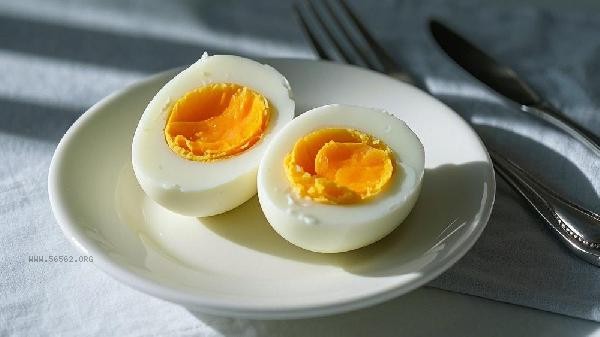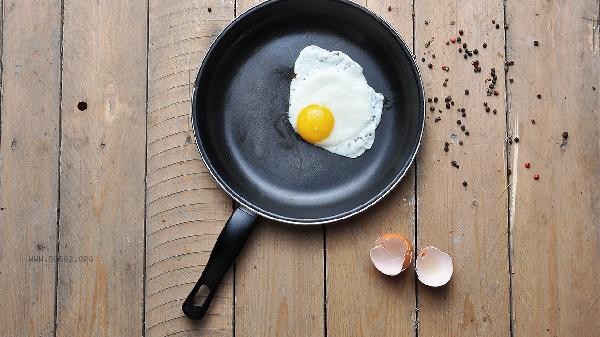The difficulty of peeling off cooked egg shells is usually related to factors such as the freshness of the eggs and the cooking method. This can be improved by adjusting the cooking method, cooling treatment, and other techniques.

1. Adjust the way of cooking eggs
Eggs stored for 3-5 days are easier to peel off, and fresh eggs have a lower pH value in the egg white, which is tightly attached to the inner membrane. Adding a small amount of salt or white vinegar to the water when cooking eggs can help promote the separation of egg white and eggshell. After the water boils, reduce the heat to low and simmer for 8-10 minutes to avoid severe boiling that may cause the eggshell to break.
2. Rapid cooling treatment
After turning off the heat, immediately immerse the egg in ice water for 5 minutes. The principle of thermal expansion and contraction can separate the eggshell from the protein. Gently tap the big end of the egg during cooling to allow air to enter the chamber and form a stripping space. When peeling the shell, starting from the gas chamber end and slowly peeling along the inner membrane is more efficient.
3. Steaming instead of boiling
Steaming eggs separately can reduce egg collisions, and evenly heating the steam makes the protein more flexible. After steaming in a steamer, put in the eggs and steam over medium heat for 12 minutes. Turn off the heat and simmer for 2 minutes. After removing, it also needs to be rapidly cooled with cold water. This method is particularly suitable for batch processing of eggs, significantly reducing the breakage rate.

4. Control storage conditions
When storing refrigerated eggs, it is recommended to place the tip of the egg facing downwards and keep the air chamber at the blunt end. Keeping the humidity in the storage environment at around 75% and the temperature below 4 ℃ can delay the spoilage of eggs, but it should not exceed 3 weeks. 1 hour before cooking, remove and warm the eggs to avoid direct immersion in boiling water, which may cause the shell film to stick together.
5. Special processing techniques
After cooking, roll the egg on the table to crush the shell, and then soak it in cold water to make it easier to peel off. For soft boiled eggs, gently tap the middle of the eggshell with the back of a spoon, peel off the small opening, and blow air to assist in separation. If batch processing is required, specialized egg peelers can be purchased for mechanical shelling.

In daily life, you can choose a covered egg boiler to control the heat, and adding baking soda during cooking can weaken the stickiness of the shell film. When peeling is difficult, you can cut the egg in half and scoop it up with a spoon for consumption. Please note that eggs should not be repeatedly heated and cooled. After peeling, consume them as soon as possible to ensure freshness. Pairing them with vegetables and fruits is more conducive to nutrient absorption. Avoid contact with strongly scented food during storage to prevent the pores of eggshells from absorbing odors.








Comments (0)
Leave a Comment
No comments yet
Be the first to share your thoughts!